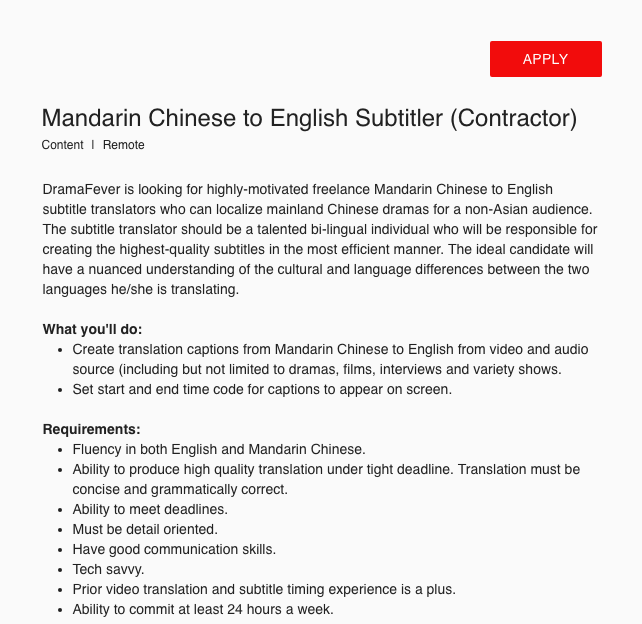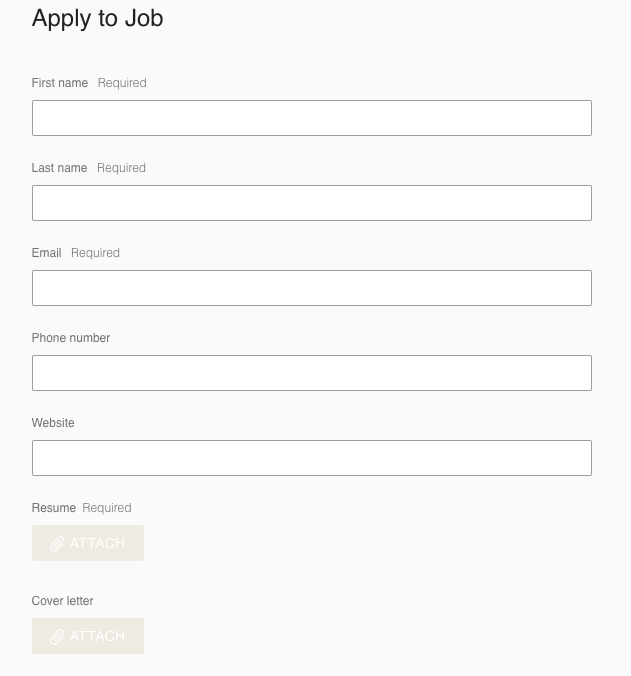I had something happen to me recently that was really just one more reminder that life can change in an instant. It seems like life has a way of trying to shake us awake and bring your focus back to what’s really important when we start to focus on things that really aren’t that important.
Here’s the deal. If we are lucky we each have about 30,000 days to live. (I’ll wait, go ahead and do the math…) Welcome back. 30,000 days seems like a lot of days. The thing is that 30,000 number is really the best case scenario. Many will not make it to 30,000, and those that do, I can’t tell you those 30,000+ days will be your best days.
So, what are you doing with your 30,000 days?
I won’t say I’ve wasted 16,000 already because I’ve done some pretty remarkable things. I’ve got a great wife. Three great kids. That awesome puppy in my arms. A solid career. It’s taken all of those 16,000 days to get to this point.
Here’s what I’ve learned to this point in my 30,000 days:
– I’ve stopped valuing how valuable each day is. I mean, I value all that I have and my life, but it gets lost on the daily basis of life. I get the big picture, small picture overtakes it constantly.
– I don’t enjoy the things I enjoy, enough. I have enjoyment, but if I only have 30,000 days, I should be enjoying those things more.
– I don’t spend enough time with those I love. In the end, I won’t cry over not being able to work another minute. I will cry over not having another second with those I love.
My guess is many of us will have the three things above in common. Many of us are in this race of life. Until we realize we are just racing to the end. At which point, you’ll go, oh wait a freaking minute, I don’t want to win this race! Go ahead, I’ll catch up later!
This doesn’t mean I want to sell off all my worldly possession and walk the earth like Caine from Kung Fu (look it up Millenials). I don’t. I like my stuff! It helps me enjoy my life. I like my work. I like to play more than work (my guess is that’s 99.9% of the world!). This isn’t about balance. 30,000 days doesn’t care about your stupid balance. It’s a clock, and it’s ticking.
In my 30,000 days, I want to leave the world a better place than when I arrived. To each of us, that means something different. One person might want to care for sick kids. One might want to change our environment. One might want to help homeless. I’ve decided I want to leave the world 3 young men who will create a legacy of their own. Three men who will take my vision one step further and help to leave the world a little better as well. If I spend my 30,000 days being the best Dad possible, I think I’ll feel content that I spend my 30,000 days pretty well.
What are you going to do with what’s left of your 30,000 days?



